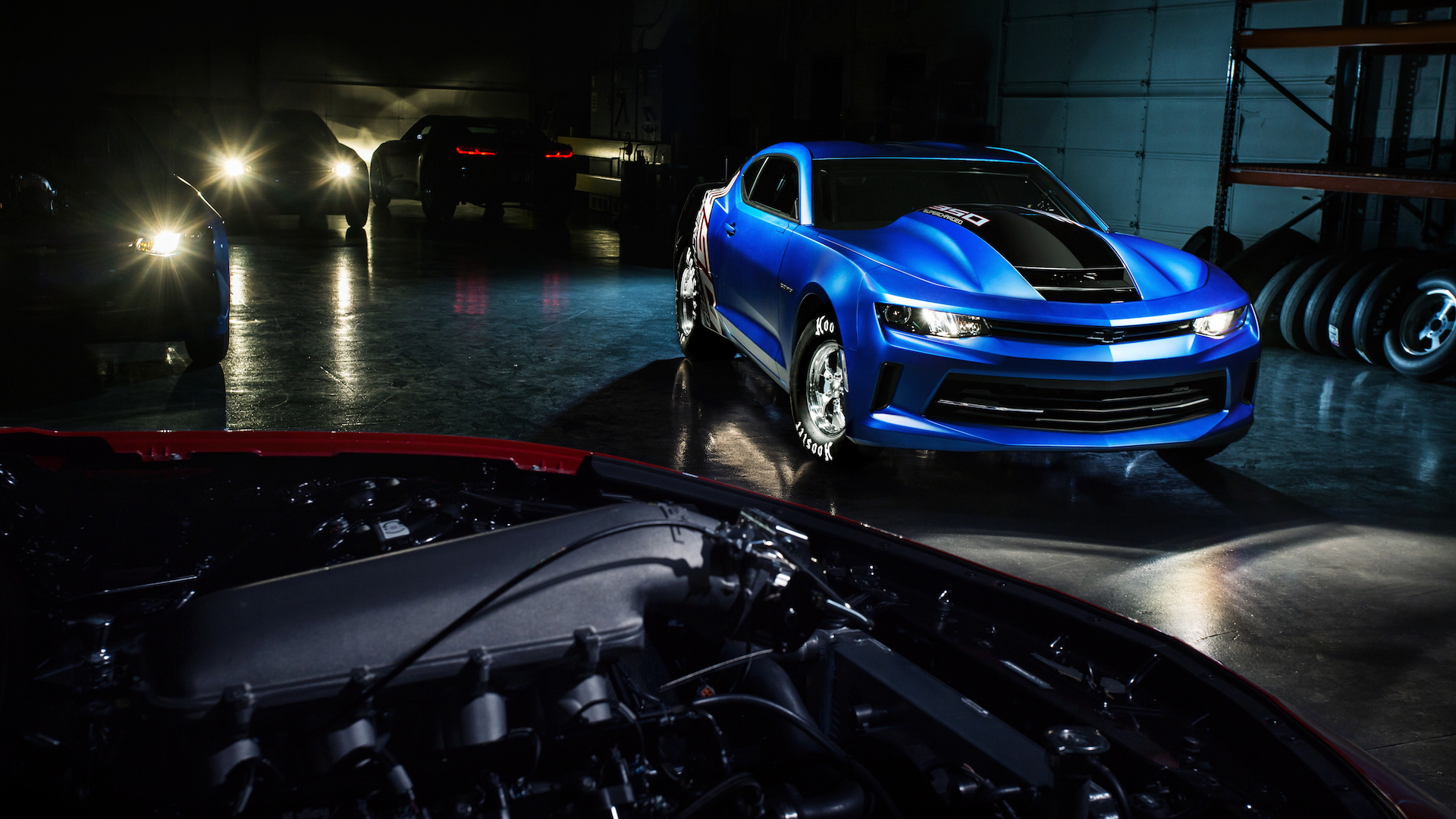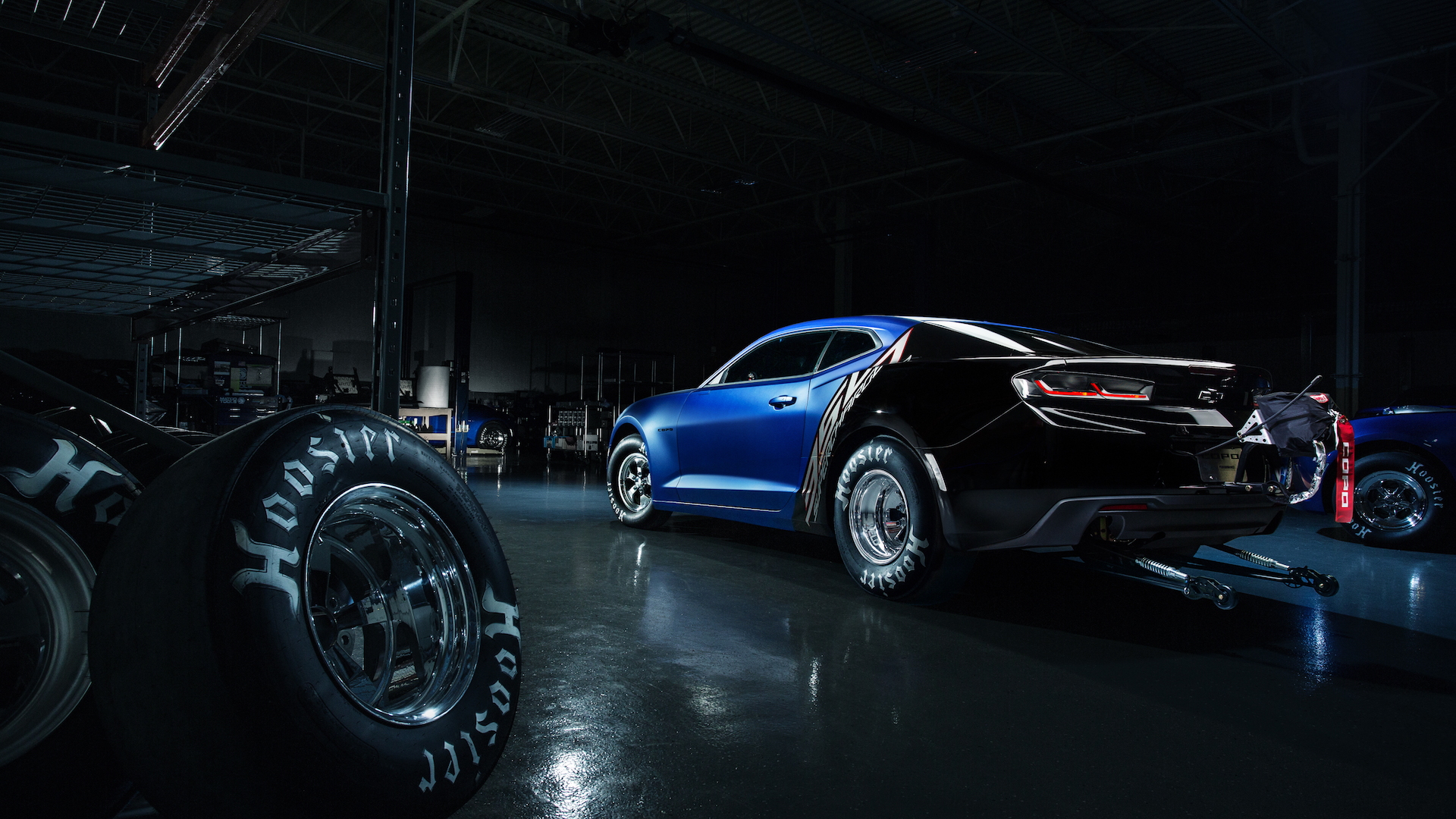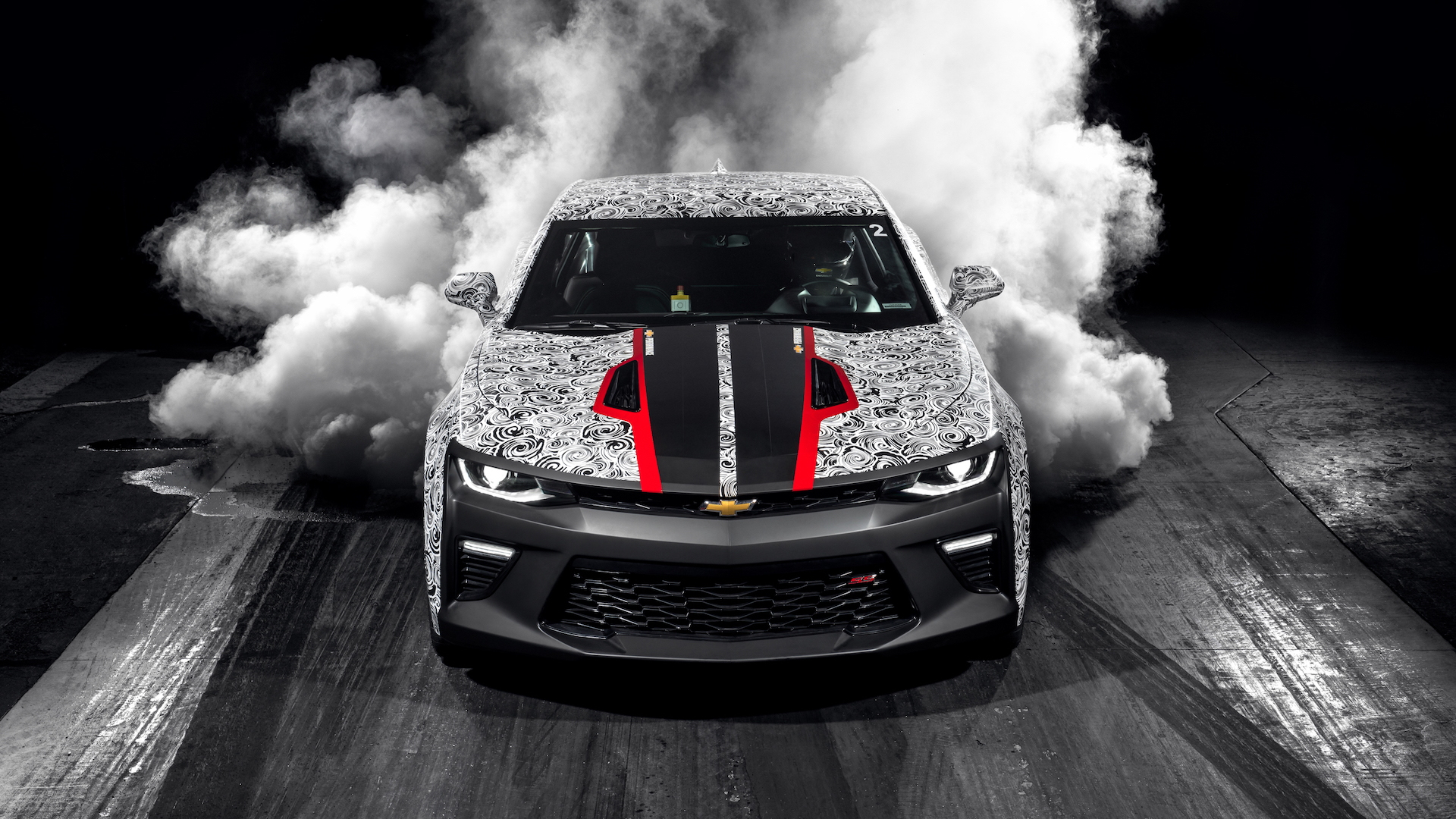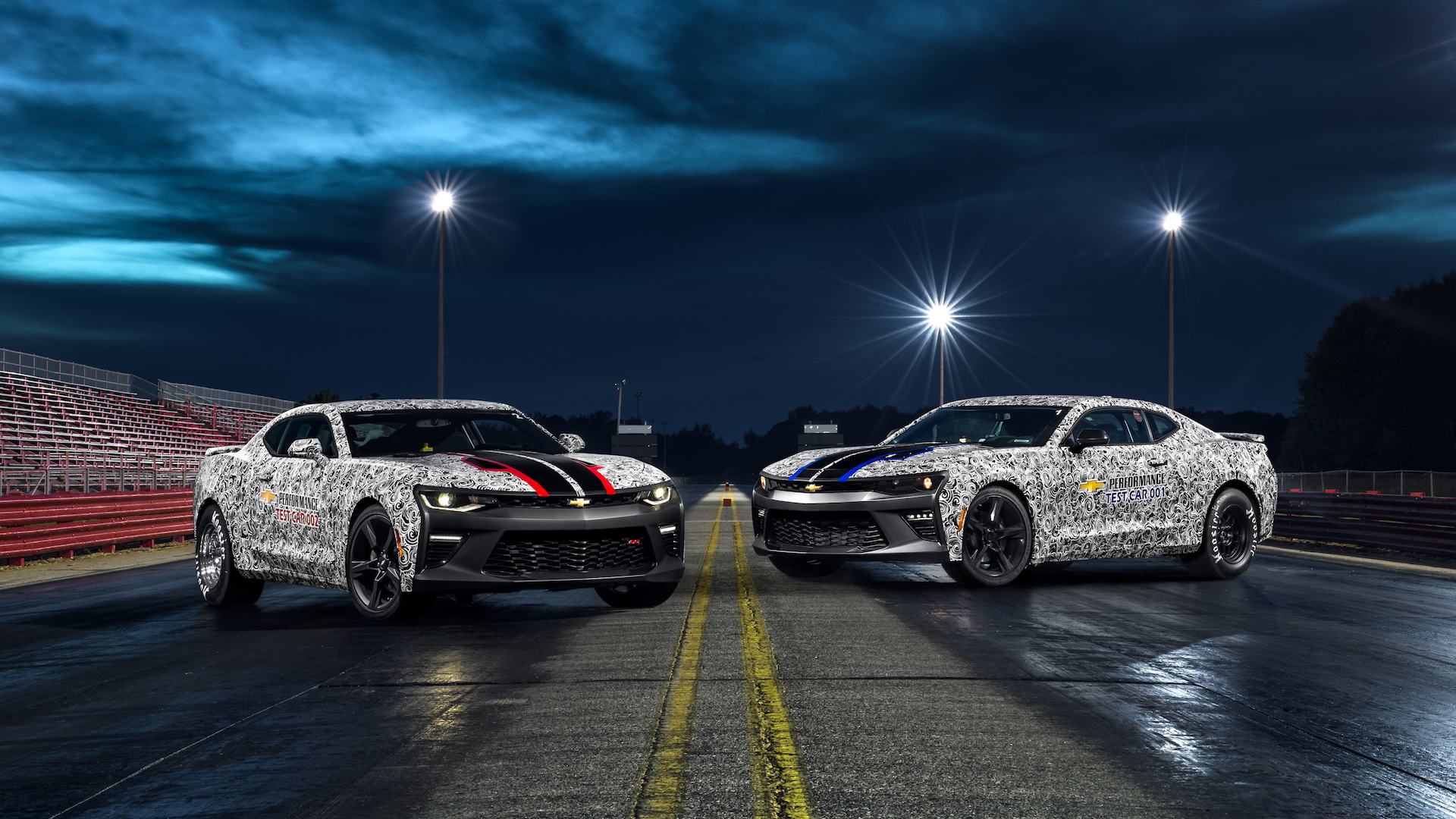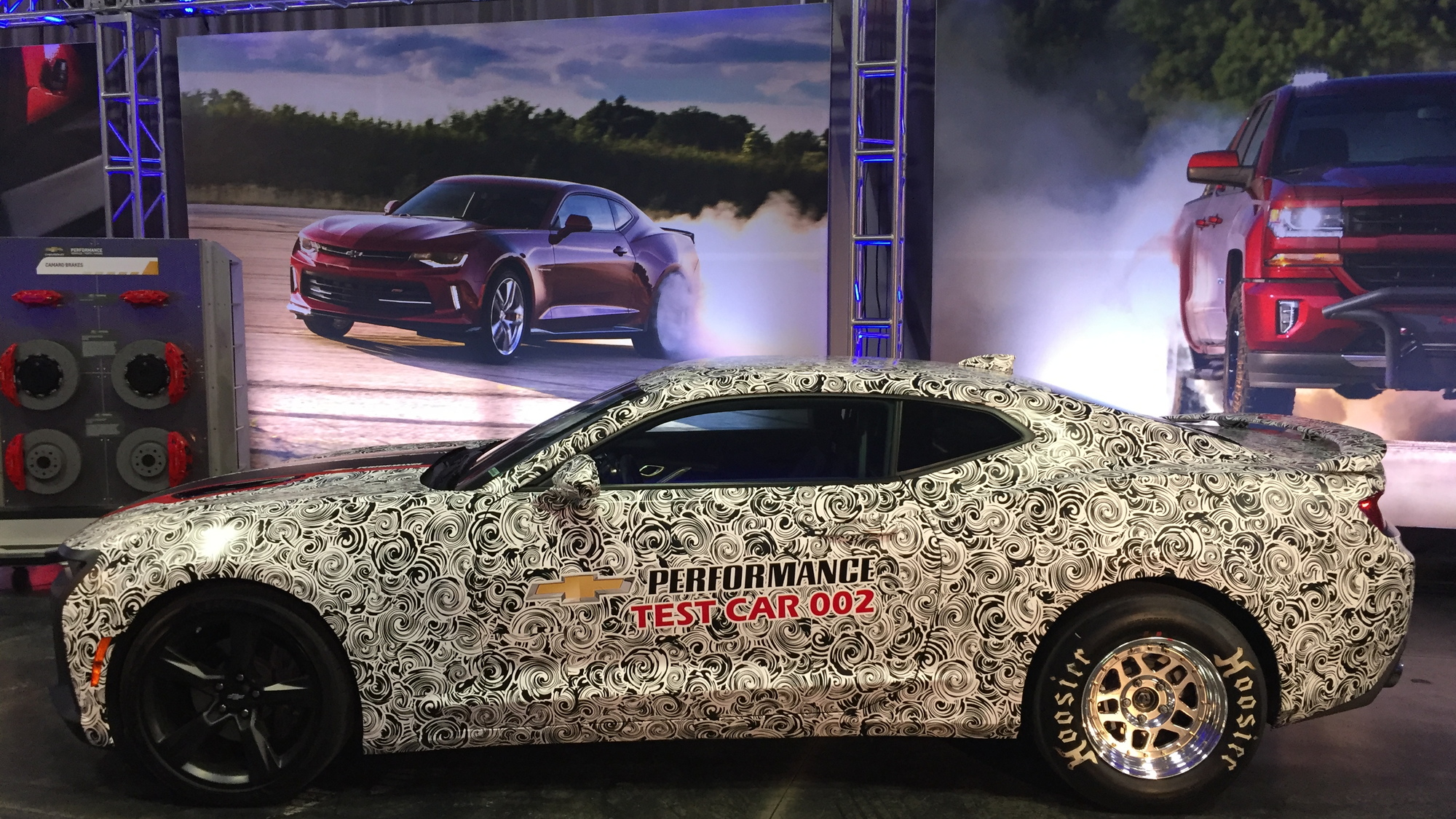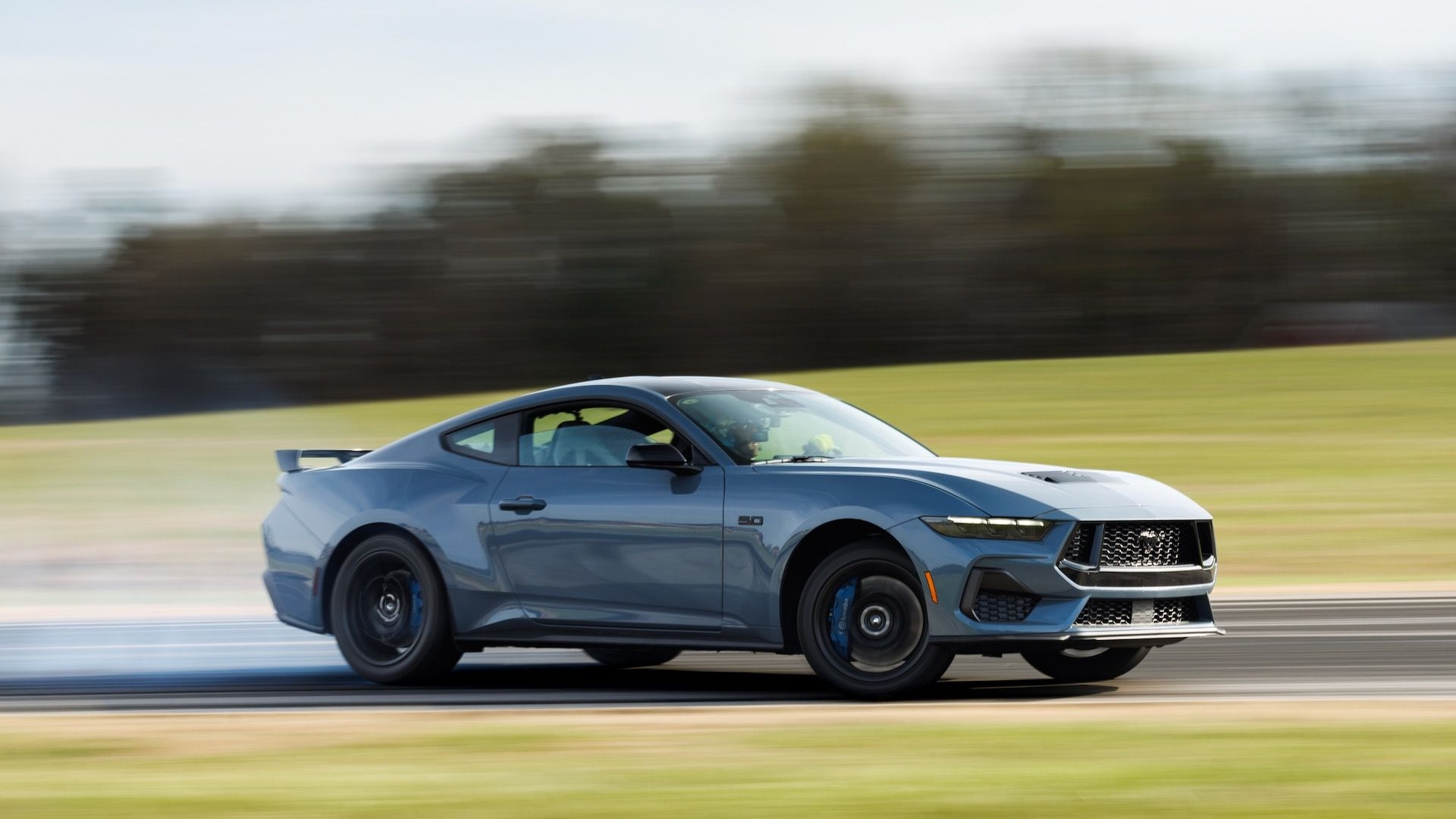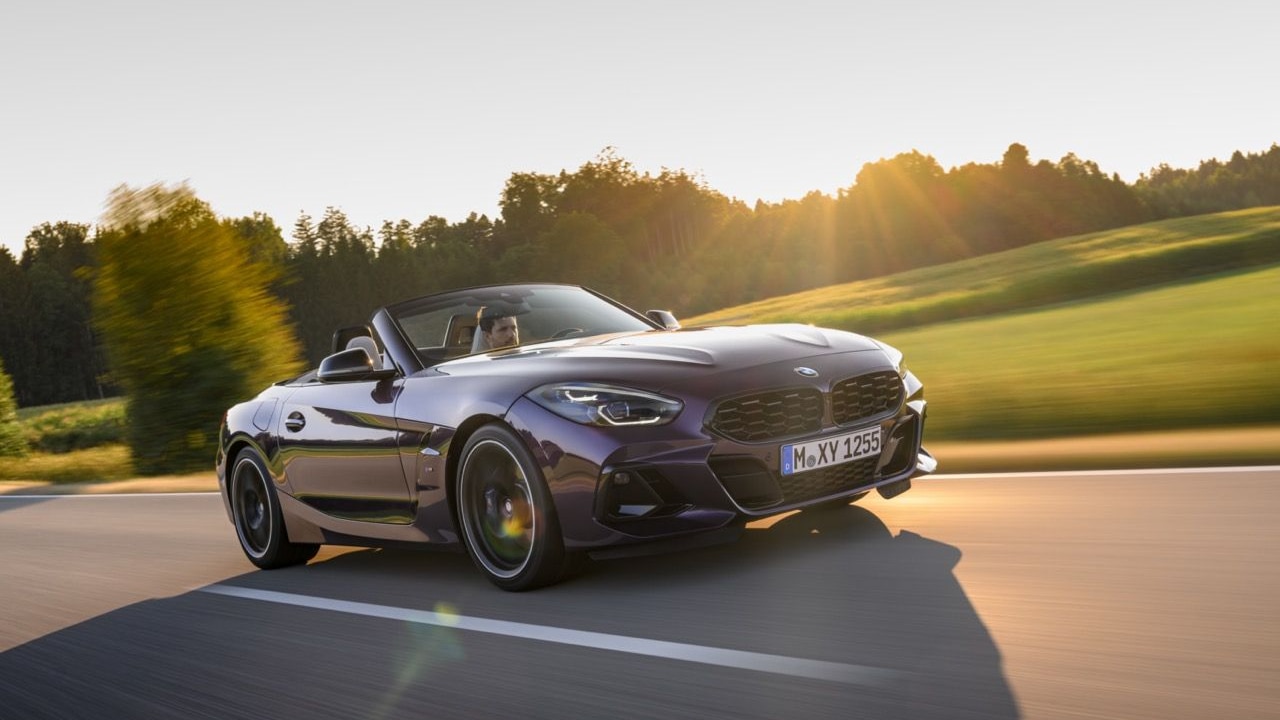In 1969, Chevrolet's Central Office Performance Order program became the source of dealer-ordered, factory drag cars that would go on to post many victories at the dragstrip.
On Monday, Chevrolet introduced the 2017 COPO Camaro show car in Nevada. The show car, which is chassis number 01, will be auctioned off at the Barrett-Jackson auction in Scottsdale, Arizona, this coming January to benefit the United Way. It features a unique Hyper Blue Metallic paint scheme, a supercharged 5.7-liter (350 cubic-inch) V-8, and Weld racing wheels.
Once again, a total of 69 COPO Camaros will be sold. Built to compete in the NHRA's Stock Eliminator classes, each COPO Camaro will feature a racing chassis and a sturdy sold rear axle in place of the stock car's independent rear axle.
Additional details will include:
- lightweight, adjustable coil-over strut front suspension
- four-link rear suspension with double-adjustable coil-over shocks, Panhard bar, and stabilizer bar
- rear axle with an aluminum center section featuring a lightweight steel spool and 40-spline gun-drilled axle shafts
- lightweight, drag-race manual four-wheel disc brakes (unassisted)
- custom manual steering rack
- fuel cell with built-in high-pressure fuel pump
- unique racing wire harness.
Buyers will be able to choose from three engines, two from the older LS lineup and one from the new LT range. The LS engines consist of the supercharged 350-cubic-inch V-8 and the naturally aspirated 427-cubic inch (7.0-liter) V-8,. The LT-based engine is a direct-injected 376-cubic inch (6.2-liter) V-8. All three engines will come mated to a drag-ready TH400 3-speed automatic transmission.
Chevrolet says the supercharged 5.7 has an NHRA rating of 580 horsepower. It is capable of quarter-mile times in the 8.5-second range at a speed of 162 mph. It runs in the Factory Stock Showdown class at 3,550 pounds. The 7.0-liter has an NHRA horsepower rating of 470 and it can put up 9.2-second quarter-mile times at 150 mph. The 6.2's NHRA rating is 410 horsepower and it hits a 9.7-second quarter-mile time at 145 mph.
Pricing should range from the low $90,000s to about $110,000.
Chevrolet says it has more than 5,000 interested parties in its 69 cars, and it will hire an outside firm to determine which customers will be able to purchase this race-ready drag machine.
If you want one, you must register at Chevrolet.com/COPO by December 15. The lucky few will be notified during the first quarter of 2017. Fans can also follow updates on the 2017 COPO Camaro program at theBlock.com.

Chevrolet Camaro drag development car
That wasn't the only news Chevrolet had for drag racers. Chevrolet also showed a pair of cars from its Camaro SS Drag Race Development Program. Based on stock Camaro SS models, these cars represent Chevrolet's idea of the modifications an owner would make over a number of years to make their Camaros into 10-second drag machines.
Both cars wear parts that Chevrolet is considering offering to drag racers.
Those parts include:
- a cam-and-heads package
- Chevrolet Performance air induction and exhaust systems
- a torque converter with a 4,200 rpm stall speed (about 30 percent higher than the stock converter)
- Gen 6 Camaro ZL1 half-shafts and prop shaft
- Gen 5 ZL1 250mm, 3.73-geared rear-axle center section (nicknamed “Gravedigger”for its durability)
- smaller rear brake rotors that allow the use of 16-inch rear racing wheels and slicks.
The cars also received a different calibration for the 8-speed automatic transmission. The engine upgrades improve horsepower from 455 to about 530, and Chevrolet says it also used an unspecified "power adder" that increased horsepower to about 600.
Chevrolet engineers have made more than 100 quarter-mile runs with the development cars, posting a quarter-mile time as quick as 10.685 seconds at 125.73 mph, an eighth-mile time of 6.764 seconds at 100.85 mph, and a 60-foot time of 1.425 seconds.
There is no word on when or if Chevrolet will make these drag-specific parts available to customers, but we suspect those with the need for straight-line speed will be able to buy them through their dealers soon.
For more of our SEMA show coverage, head to our dedicated hub.
